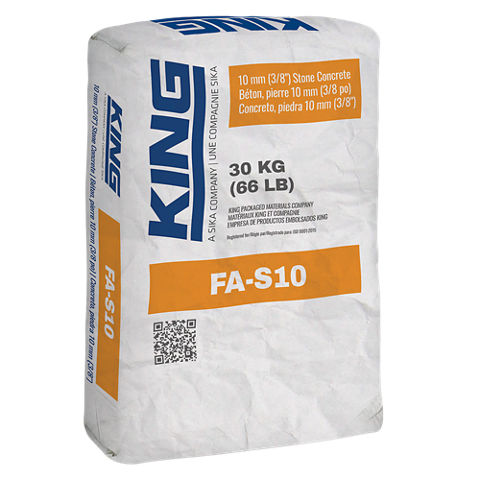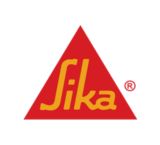
FA-S10
FA-S10 is a high performance, multipurpose, pre-packaged, concrete repair material. It is a pre-blended, synthetic fibre-reinforced, pre-packaged,high performance, cementitious, concrete repair material containing Portland cement, fly ash, air-entraining admixture, 10 mm (3/8 in) stone and other carefully selected components.
- Air-entrainment provides superior resistance to freeze-thaw cycling and salt-scaling in the presence of de-icing salts
- Designed with natural normal-density non-reactive fine and coarse aggregates to eliminate potential alkali-aggregate reactivity (AAR)
- Properties similar to conventional concrete, thus offering excellent compatibility to parent concrete
- Excellent pumpability
- Excellent workability and finishability
- Reduced bleeding
- Improved resistance to sulphate attack
- Low permeability
- Low shrinkage
- Enhances performance of cathodic protection system
- Compatible with integral, pre-applied and/or post-applied corrosion inhibitors
- Air-entrainment provides superior resistance to freeze-thaw cycling and salt-scaling in the presence of de-icing salts
